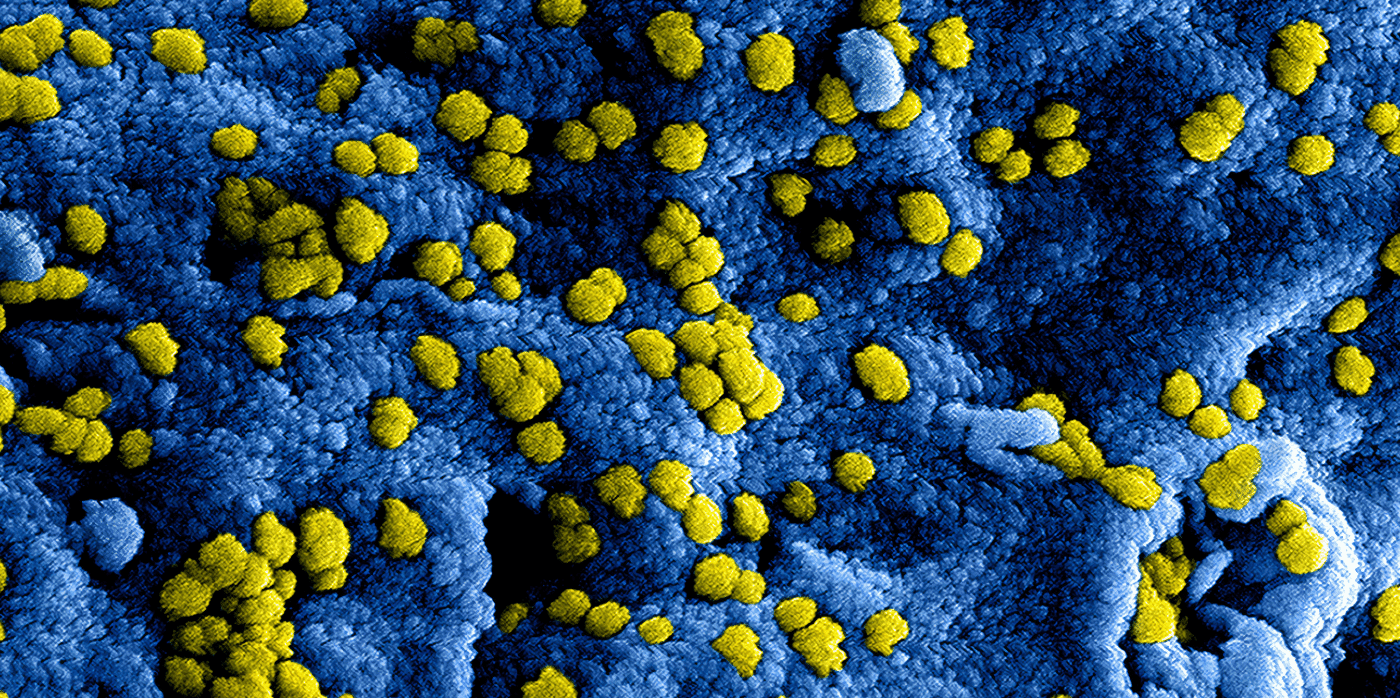New material could lead to wound dressings that deliver medication on demand
Spotted: Researchers at Brown University have developed a material that responds to the presence of bacteria by releasing encapsulated medication. Although still in the research stages, the material could lead to the development of wound dressings that deliver medication only when it is needed. This, in turn, could reduce the use of antibiotics and the growth of antibiotic-resistant infections.
The new material is in the form of a hydrogel, a polymer that is sensitive to a class of enzymes called β-lactamases, that are released by a number of harmful bacteria. In the presence of β-lactamases the hydrogel’s polymer network breaks down, releasing the therapeutic nanoparticles inside.
Hydrogels are already used in wound dressings, and ‘smart’ hydrogels can be used to speed up or slow down the release of medication depending on factors such as temperature and pH. The Brown team hopes to continue developing its hydrogel and eventually test it in a clinical setting.
“We’ve developed a bacteria-triggered, smart drug-delivery system,” said Anita Shukla, an associate professor in Brown’s School of Engineering who led the material’s development. “Our hypothesis is that technologies like this, which reduce the amount of drug that’s required for effective treatment, can also reduce both side effects and the potential for resistance.”
Given the urgency of finding solutions to the issue of AMR, it is no wonder that Springwise has seen a number of innovations in this area. Recent developments have included the use of rapid gene sequencing to find areas with high levels of antibiotic-resistant bacteria and biomaterials that are naturally antibacterial.
Written By: Lisa Magloff
17th June 2022
Website: brown.edu
Contact: brown.edu/about/contact-us

